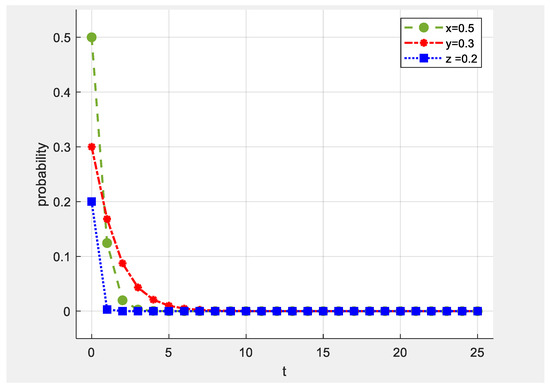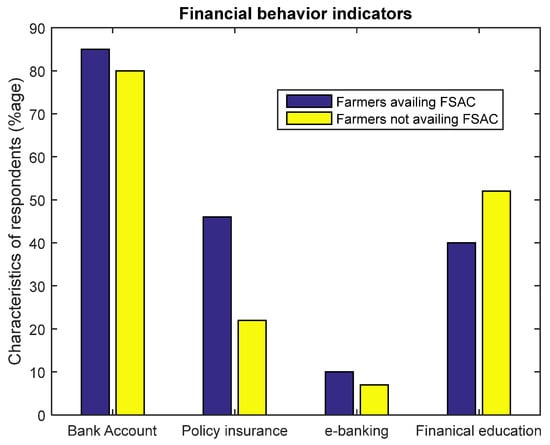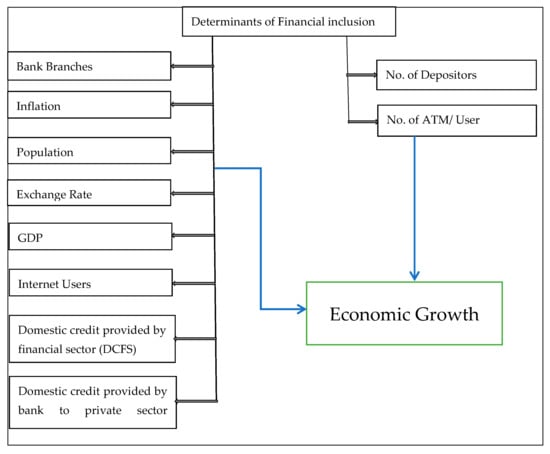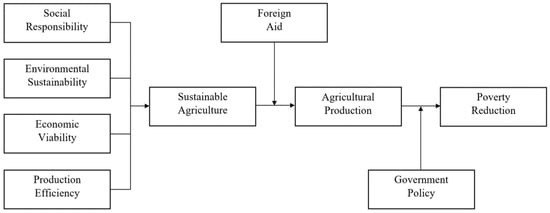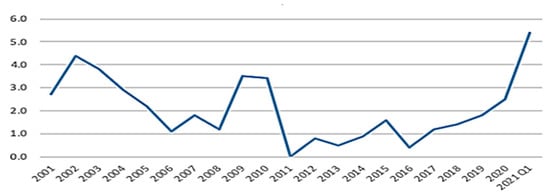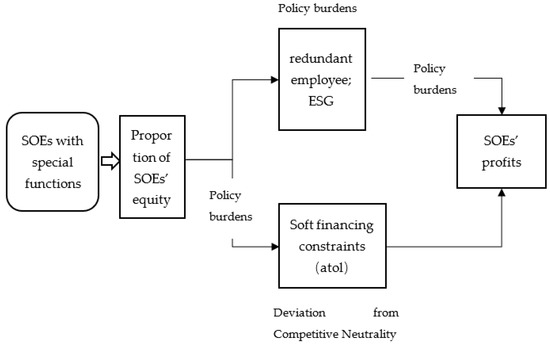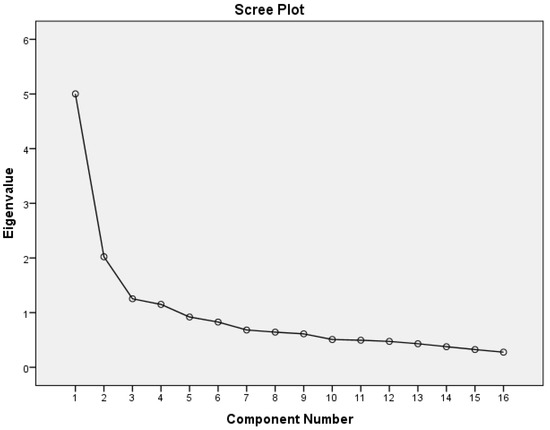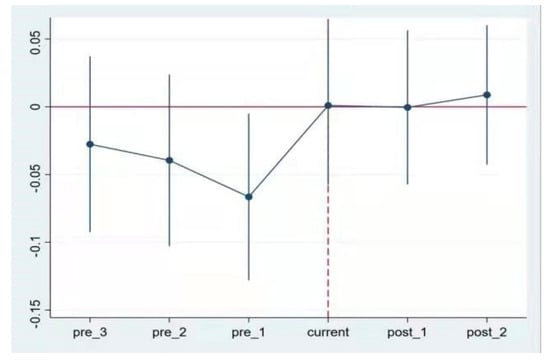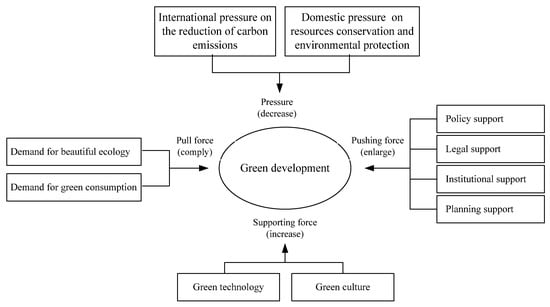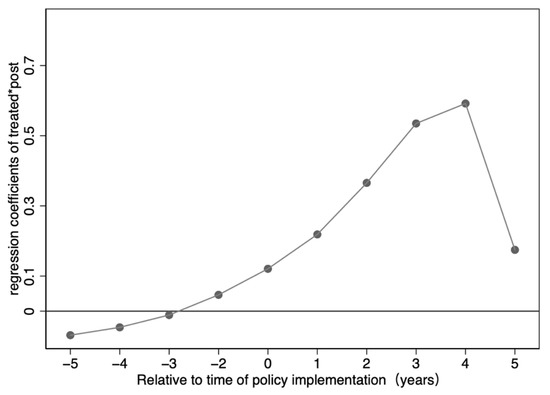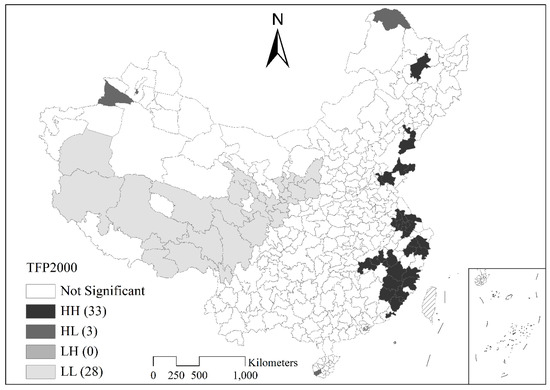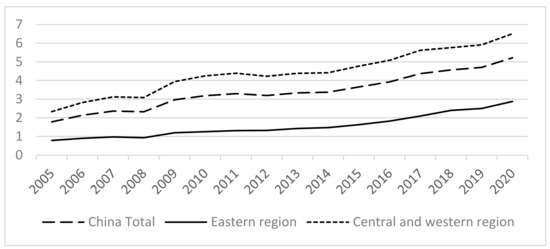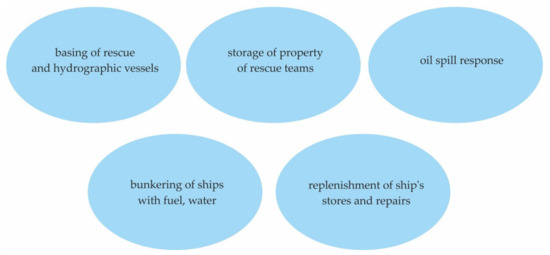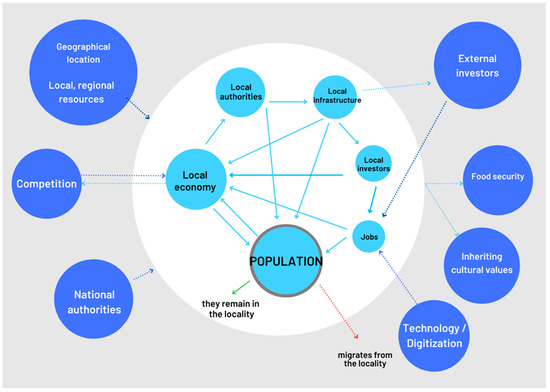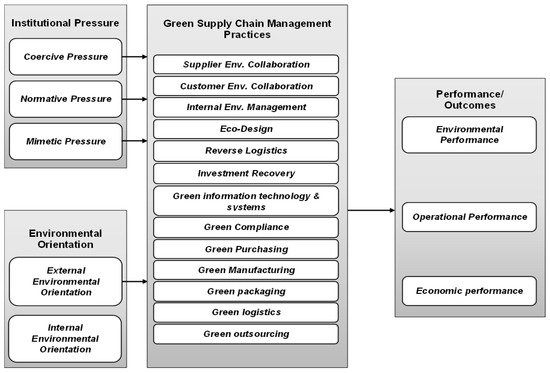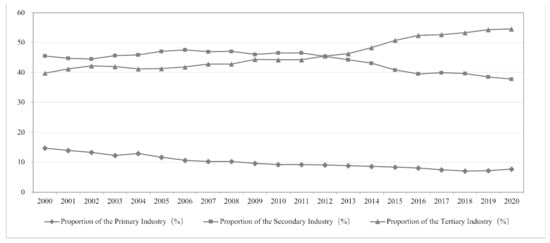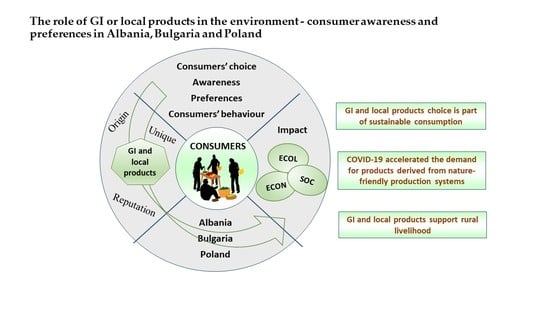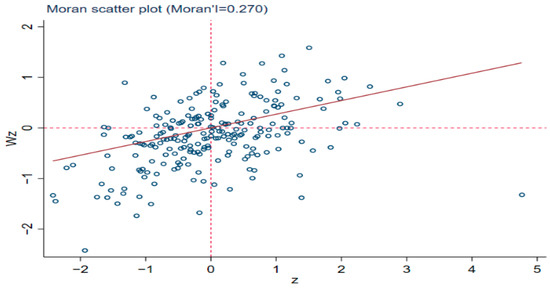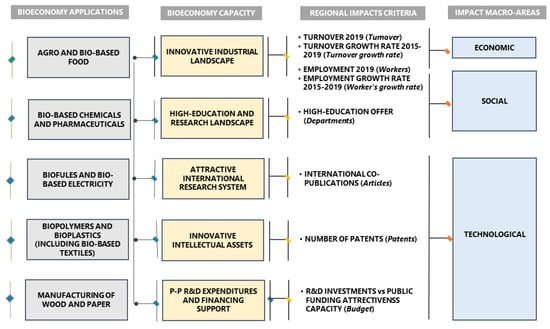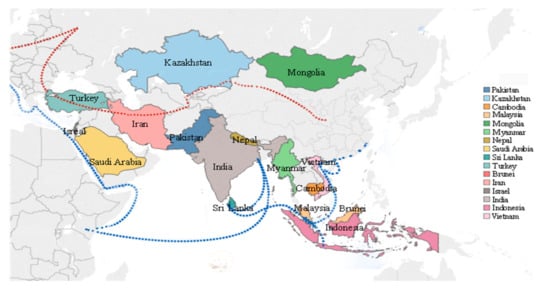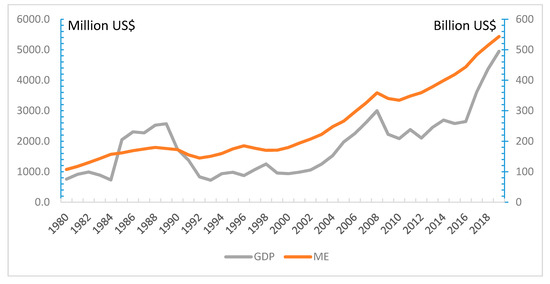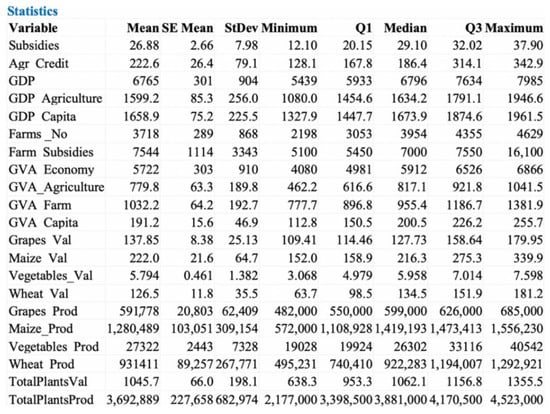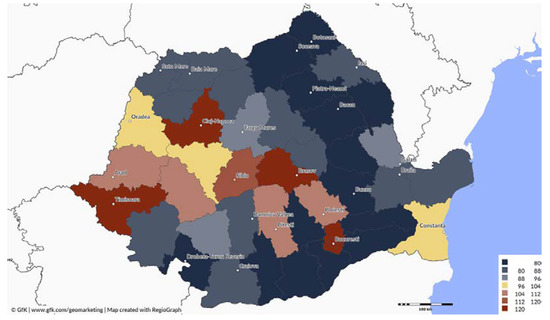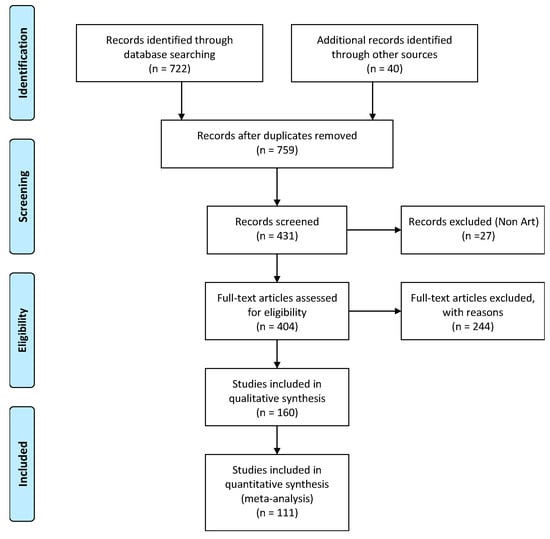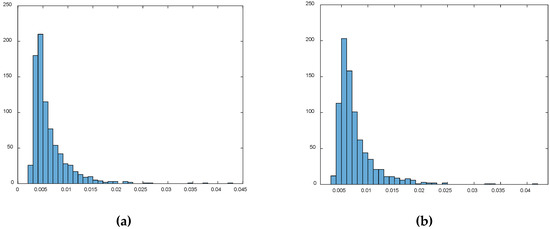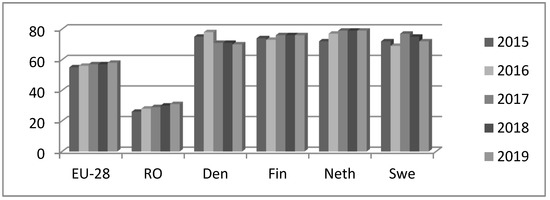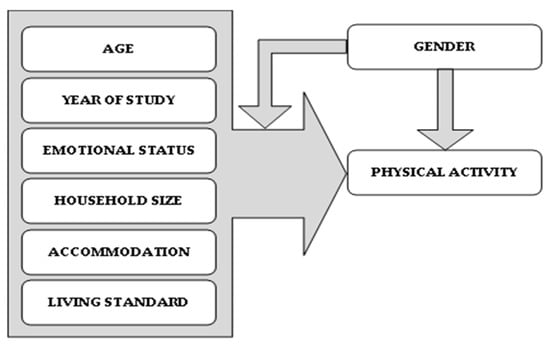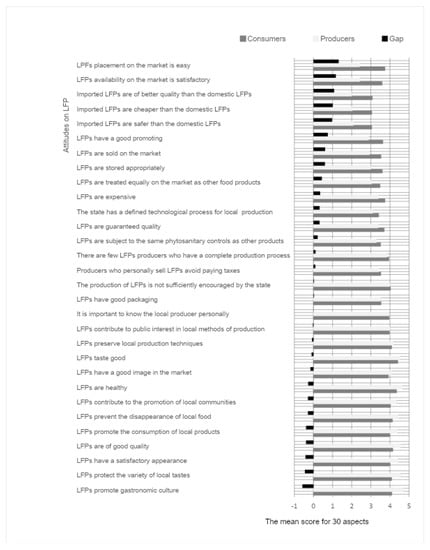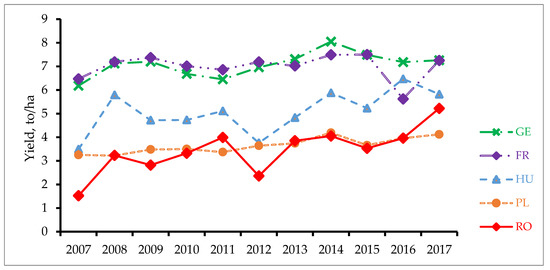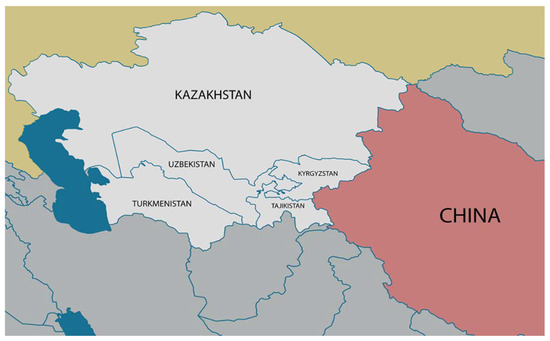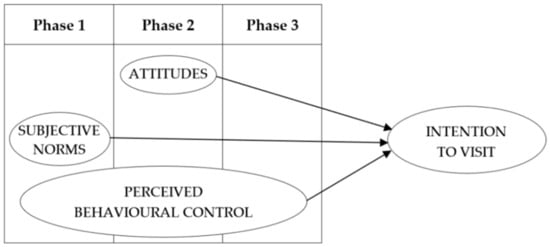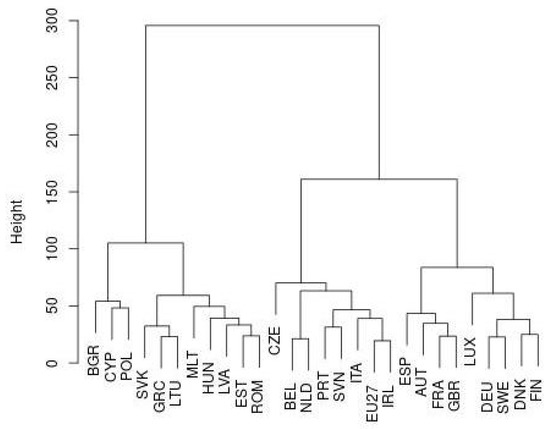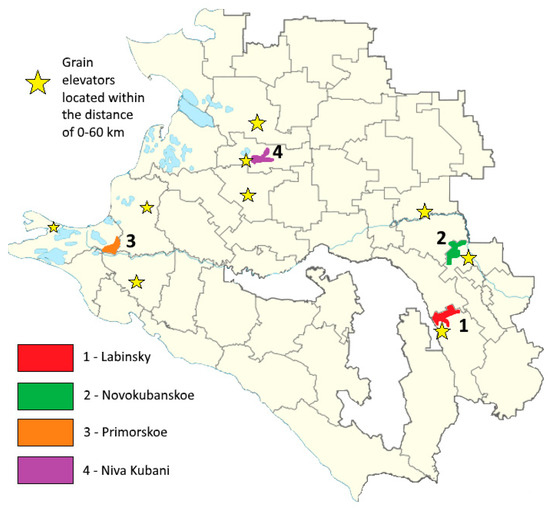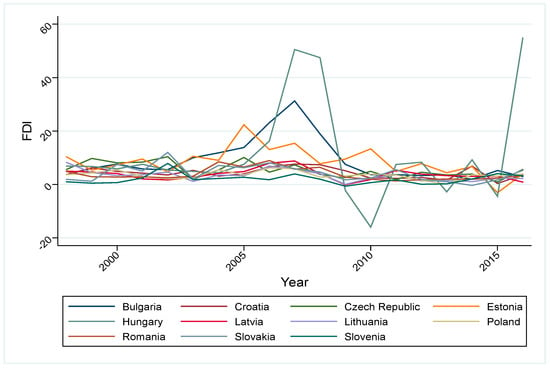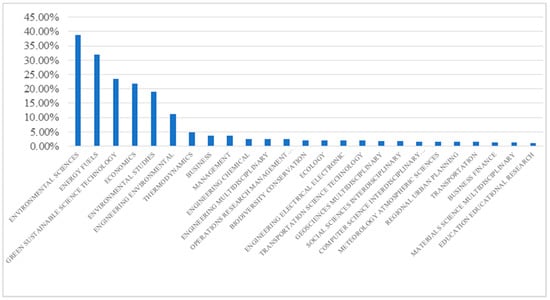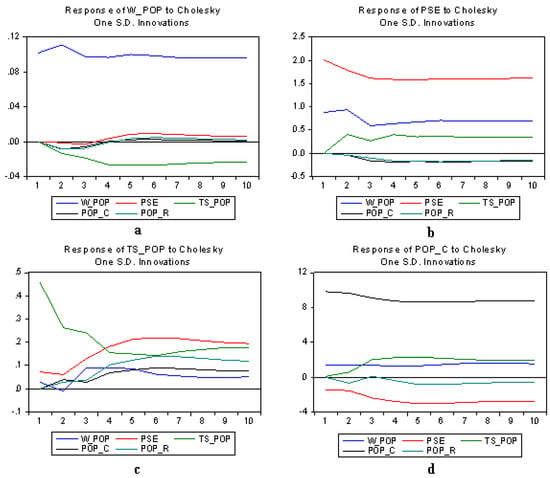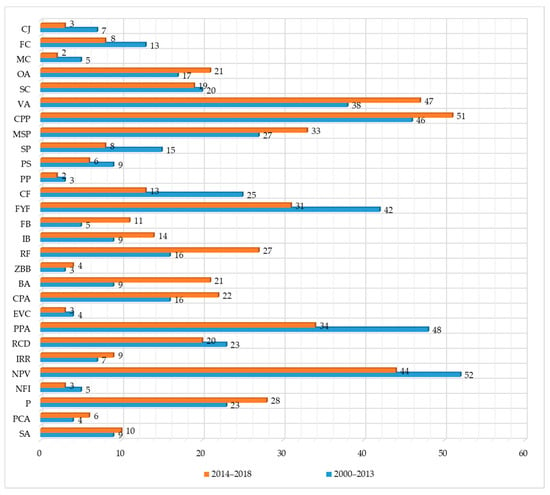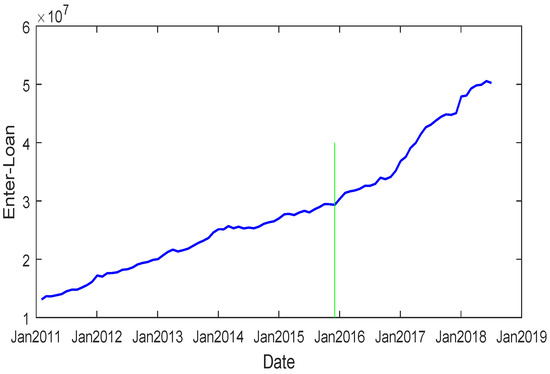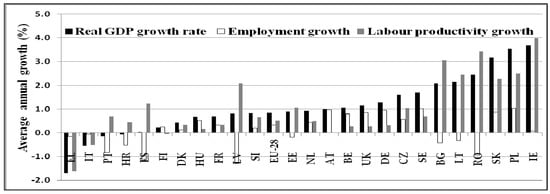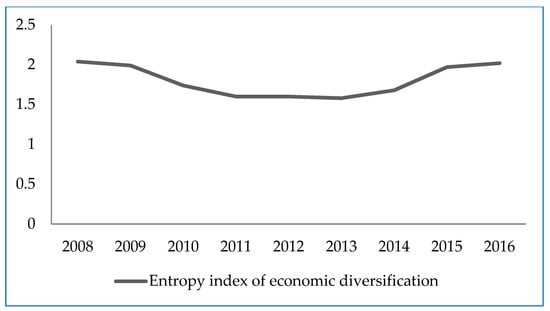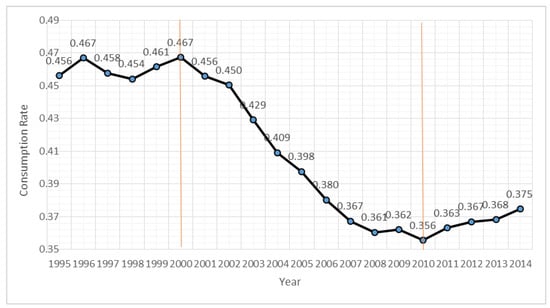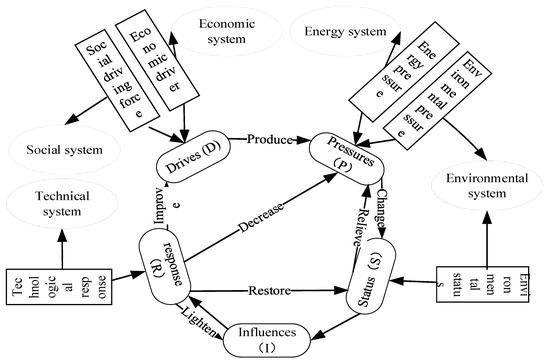Sustainable Economic Development: Challenges, Policies, and Reforms
A topical collection in Sustainability (ISSN 2071-1050). This collection belongs to the section "Economic and Business Aspects of Sustainability".
Viewed by 236240Editors
Interests: sustainable development; regional development; international trade; emerging markets, economies in transition
Special Issues, Collections and Topics in MDPI journals
Interests: economic development; industrial policy; investment; maritime economy; blue economy; China’s Arctic policy and developments; China-Russia and China-Nordic economic collaboration
Special Issues, Collections and Topics in MDPI journals
Interests: sustainable development; open economy macroeconomics; resource productivity
Special Issues, Collections and Topics in MDPI journals
Topical Collection Information
Dear Colleagues,
Today’s evolving economic landscape has made issues of sustainable development increasingly important. The global economy is now under extremely severe pressure from a great variety of political, economic, social, environmental, and public health challenges. The COVID-19 outbreak has significantly disrupted economic activity in most countries of the world. The pandemic has aggravated the recurrent problems of poverty and income inequality, food insecurity and hunger, and unemployment and social disorders, which has resulted in the exacerbation of economic tensions between countries. International initiatives, such as the UN Sustainable Development Goals, have been a powerful means to focus the attention, resources, and efforts of most countries of the world towards the fight against poverty, promotion of fair trade, support of the heavily indebted countries, and the development of infrastructures of various kinds in the underdeveloped regions of the world. The new highly volatile global environment calls for a comprehensive analysis of multidimensional contributing factors to be able to get the economy back on the track of stable and sustainable development at the earliest stage possible.
The Topical Collection "Sustainable Economic Development: Challenges, Policies, and Reforms" attempts to explore the theme of economic development in the era of instability by studying how economy and society could be adapted to the “new normal”. The main objective is to highlight the urgent need for balanced economic development and comprehensive coverage of many sustainability–business areas. In this context, the Topical Collection aims to discuss a wide range of topics regarding the economic, production, financial, and social factors that influence various dimensions of sustainability, as well as translating the findings into workable approaches and policies for the benefit of the global economy, people, and environment.
In this Topical Collection, we welcome submissions from all areas of economics, with a high degree of novelty as full-length articles, reviews, and conceptual papers. Both theoretical and practical contributions that focus on topics related to sustainable economic development are encouraged.
All submissions will be subjected to a rigorous peer-review procedure before publication, with the results disseminated in a timely fashion.
Dr. Vasilii Erokhin
Prof. Dr. Tianming Gao
Prof. Dr. Andrei Jean Vasile
Collection Editors
Manuscript Submission Information
Manuscripts should be submitted online at www.mdpi.com by registering and logging in to this website. Once you are registered, click here to go to the submission form. Manuscripts can be submitted until the deadline. All submissions that pass pre-check are peer-reviewed. Accepted papers will be published continuously in the journal (as soon as accepted) and will be listed together on the collection website. Research articles, review articles as well as short communications are invited. For planned papers, a title and short abstract (about 100 words) can be sent to the Editorial Office for announcement on this website.
Submitted manuscripts should not have been published previously, nor be under consideration for publication elsewhere (except conference proceedings papers). All manuscripts are thoroughly refereed through a single-blind peer-review process. A guide for authors and other relevant information for submission of manuscripts is available on the Instructions for Authors page. Sustainability is an international peer-reviewed open access semimonthly journal published by MDPI.
Please visit the Instructions for Authors page before submitting a manuscript. The Article Processing Charge (APC) for publication in this open access journal is 2400 CHF (Swiss Francs). Submitted papers should be well formatted and use good English. Authors may use MDPI's English editing service prior to publication or during author revisions.
Keywords
- economic development
- environment
- finance
- food security
- globalization
- international trade
- investment, markets
- production
- rural development
- sustainable development
- value chain








